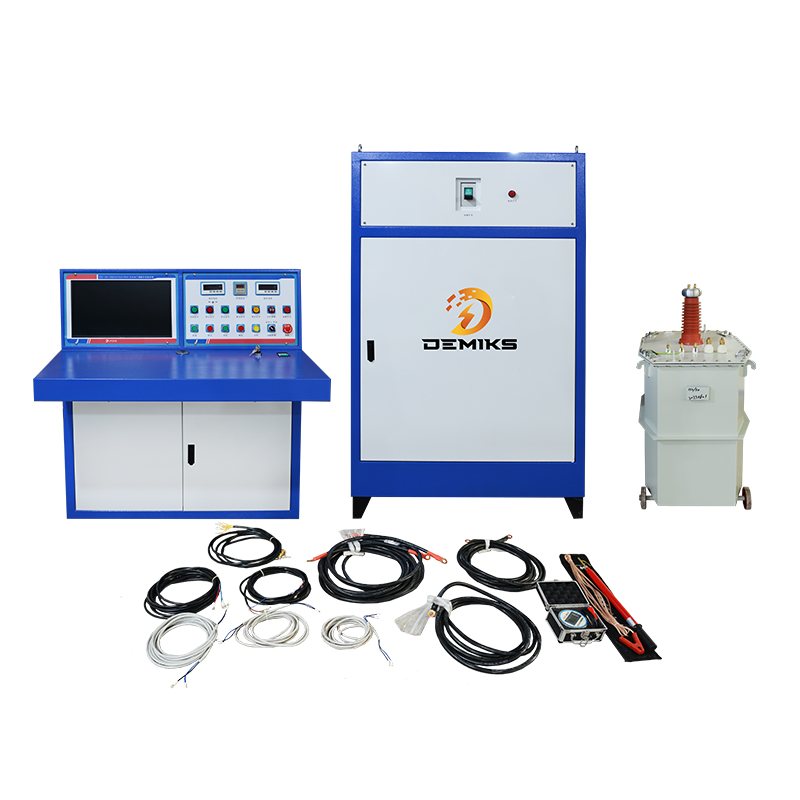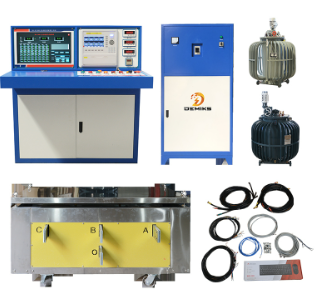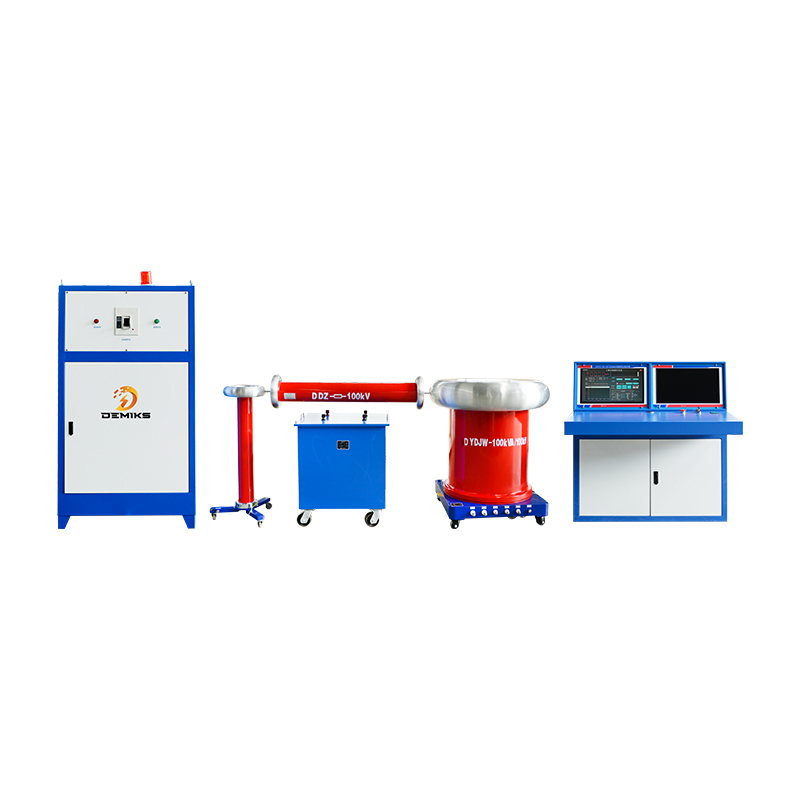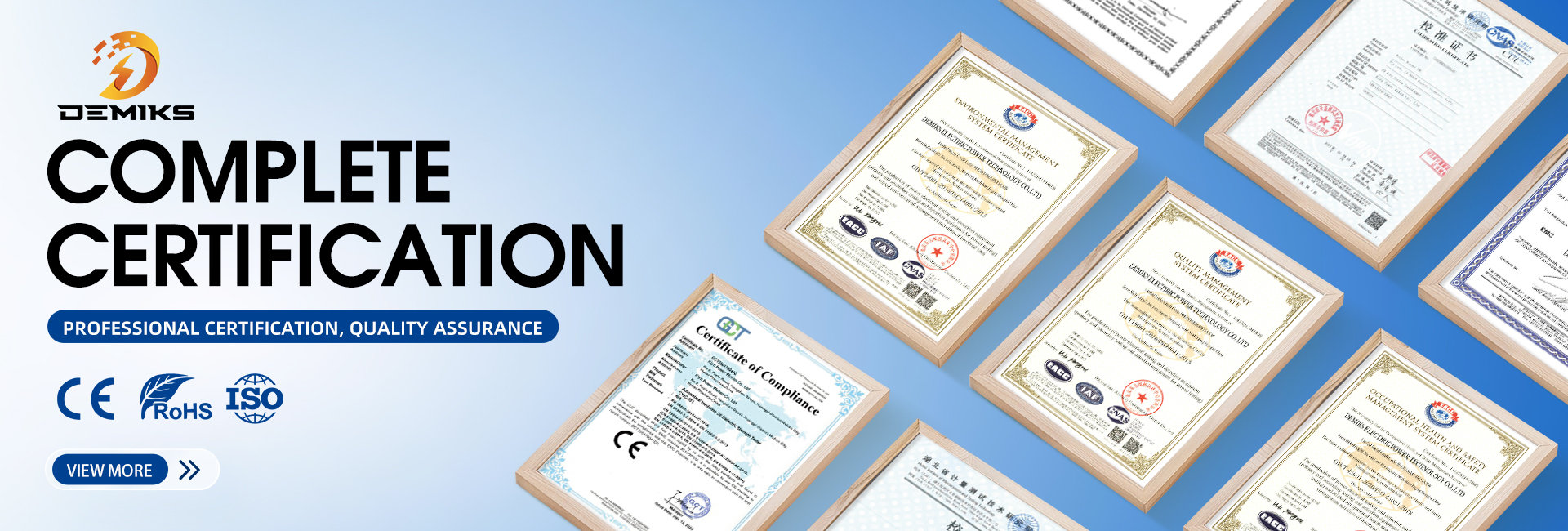High voltage cable testing methods
High voltage testers for high voltage cables ensure the reliability, safety and longevity of transmission and distribution systems. Various methods are used to assess insulation integrity, detect defects and verify performance under operating conditions. Below is a detailed breakdown of the main HV cable testing techniques.
1. Types of High Voltage Cable Tests
Tests can be categorized into factory tests (pre-commissioning), field tests (after installation), and maintenance tests (periodic checks).
A. Factory Acceptance Tests (FAT)
Conducted by manufacturers before delivery.
Routine Tests (Mandatory for every cable):
Insulation Resistance Test (Megger Test)
Partial Discharge (PD) Test
High Voltage DC/AC Withstand Test
Type Tests (Sample-based, for design validation):
Impulse Voltage Test
Thermal Cycling Test
B. On-Site Field Tests (After Installation)
Insulation Resistance Measurement
DC Hi-Pot Test (For XLPE & PILC Cables)
VLF (Very Low Frequency) AC Test
Tan Delta (Dissipation Factor) Test
Partial Discharge (PD) Measurement
Sheath Integrity Test (For Metallic Sheathed Cables)
C. Condition Monitoring & Diagnostic Tests
Tan Delta & Frequency Domain Spectroscopy (FDS)
Time Domain Reflectometry (TDR) for Fault Location
Infrared Thermography (Hotspot Detection)
Oil/Polymer Analysis (For Fluid-Filled Cables)
2. Detailed High Voltage Cable Testing Methods
1. Insulation Resistance Test (Megger Test)
Purpose: Measures insulation quality (megohmmeter applies 500V–10kV DC).
Standard: IEC 60243, IEEE 400
Procedure:
Disconnect cable from system.
Apply DC voltage (e.g., 5 kV for 1 min).
Measure leakage current → Calculate insulation resistance (IR = V/I).
Acceptance Criteria:
XLPE Cables: > 1000 MΩ/km
PILC Cables: > 100 MΩ/km
2. DC High Potential (Hi-Pot) Test
Purpose: Detects insulation weaknesses by applying high DC voltage.
Standard: IEEE 400.1 (For XLPE Cables)
Test Voltage:
New Cables: 2–3 × U₀ (e.g., 22 kV for 11 kV rated cable).
After Repair: 1.7 × U₀.
Procedure:
Gradually ramp up voltage (1 kV/s).
Hold for 15 min.
Monitor leakage current (should stabilize).
Failure Signs: Sudden current spike or breakdown.
3. VLF (Very Low Frequency) AC Test
Purpose: Replaces DC Hi-Pot for aged XLPE cables (avoids space charge damage).
Frequency: 0.1 Hz or 0.01 Hz (sinusoidal or cosine-rectangular wave).
Test Voltage: 1.5–3 × U₀ (e.g., 27 kV for 11 kV cable).
Standard: IEEE 400.2
Advantages:
Detects water trees in XLPE.
Less damaging than DC for aged cables.
4. Tan Delta (Dissipation Factor) Test
Purpose: Measures insulation dielectric losses (indicates aging/moisture ingress).
Standard: IEC 60840
Procedure:
Apply AC voltage (0.5–2 × U₀).
Measure tan δ (loss angle tangent).
Interpretation:
Good Insulation: tan δ < 0.5%
Degraded Insulation: tan δ > 1%
5. Partial Discharge (PD) Test
Purpose: Detects micro-discharges in insulation voids (early defect detection).
Standard: IEC 60270
Methods:
Offline PD Test: Using HV source (AC/DC/VLF).
Online PD Monitoring: Sensors detect PD pulses during operation.
Acceptance Limit: < 10 pC (for new XLPE cables).
6. Time Domain Reflectometry (TDR)
Purpose: Locates cable faults (open circuit, short circuit, impedance mismatch).
How It Works:
Sends a pulse → Measures reflected wave → Calculates fault distance.
Accuracy: ±1% of cable length.
7. Sheath Integrity Test (For Metallic Sheaths)
Purpose: Checks for cracks or corrosion in lead/copper sheaths.
Method:
DC Voltage Test (10 kV for 1 min).
Spark Test (For PVC/PE outer sheaths).
3. Comparison of Key Testing Methods
| Test Method | Voltage Type | Best For | Limitations |
|---|---|---|---|
| DC Hi-Pot | DC | New XLPE/PILC cables | Risk of space charge damage |
| VLF AC Test | 0.1 Hz AC | Aged XLPE cables | Slower than DC |
| Tan Delta | AC | Insulation aging | Needs expert interpretation |
| Partial Discharge | AC/DC/VLF | Early defect detection | Sensitive to noise |
| TDR | Low-voltage pulse | Fault location | Limited to conductive faults |
4. Safety Precautions
Discharge cables fully before & after testing.
Use proper grounding (avoid floating voltages).
Follow IEEE/IEC standards for test voltages.
Wear PPE (gloves, insulated tools).
5. Industry Standards
IEC 60502 (Power cables up to 30 kV).
IEEE 400 (Field testing of shielded cables).
IEC 60840 (Cables rated 30–150 kV).
Conclusion
Choosing the right HV cable test depends on cable type (XLPE, PILC, EPR), age, and application.
For new cables: DC Hi-Pot + PD Test.
For aged cables: VLF + Tan Delta.
For fault location: TDR + IR Scan.
The above content is published by demiks, please specify, demiks is a substation equipment manufacturer, specializing in the production of high-voltage tester, transformer tester, circuit breaker test equipment, relay tester, SF6 gas analyser, cable fault tester and other products, if you have power test testing needs, please feel free to contact demiks power science and technology limited company or send an email! Give us: contact@demikspower.com
 Relay Protection Testing and Commissioning Gu
Relay Protection Testing and Commissioning Gu
 how to test microwave transformer
how to test microwave transformer
 how to reset circuit breaker with test button
how to reset circuit breaker with test button
 high voltage cable testing standards
high voltage cable testing standards




